
Stacey Dooley's latest documentary drops on BBC Three today, and Tyla can confirm it makes for some harrowing watching.
The TV show investigates the whaling industry which, despite having been banned in many countries, is still in practice in Demark's Faroe Islands, along with Norway, Iceland and Japan.
Unsurprisingly, it doesn't make for pleasant viewing - the show is graphic and heartbreaking, showing whales being slaughtered in shallow water with the sea turning red around them. But, it is an honest albeit hard-hitting insight into the controversial practice.
In the Faroe Islands, 'the grind' is a longstanding a tradition stretching back around 1,000 years, whereby locals come together to hunt whales to feed the community.
Advert
The documentary, Stacey Dooley Investigates: The Whale Hunters takes a look at both sides of the story and viewers, particularly those that eat meat, might feel on first glance that the whaling process sounds no different to any other meat or fish consumption.
However, whaling remains a widely-banned practice and there are growing concerns about the way the beautiful creatures are killed, in some cases enduring a long and painful death.
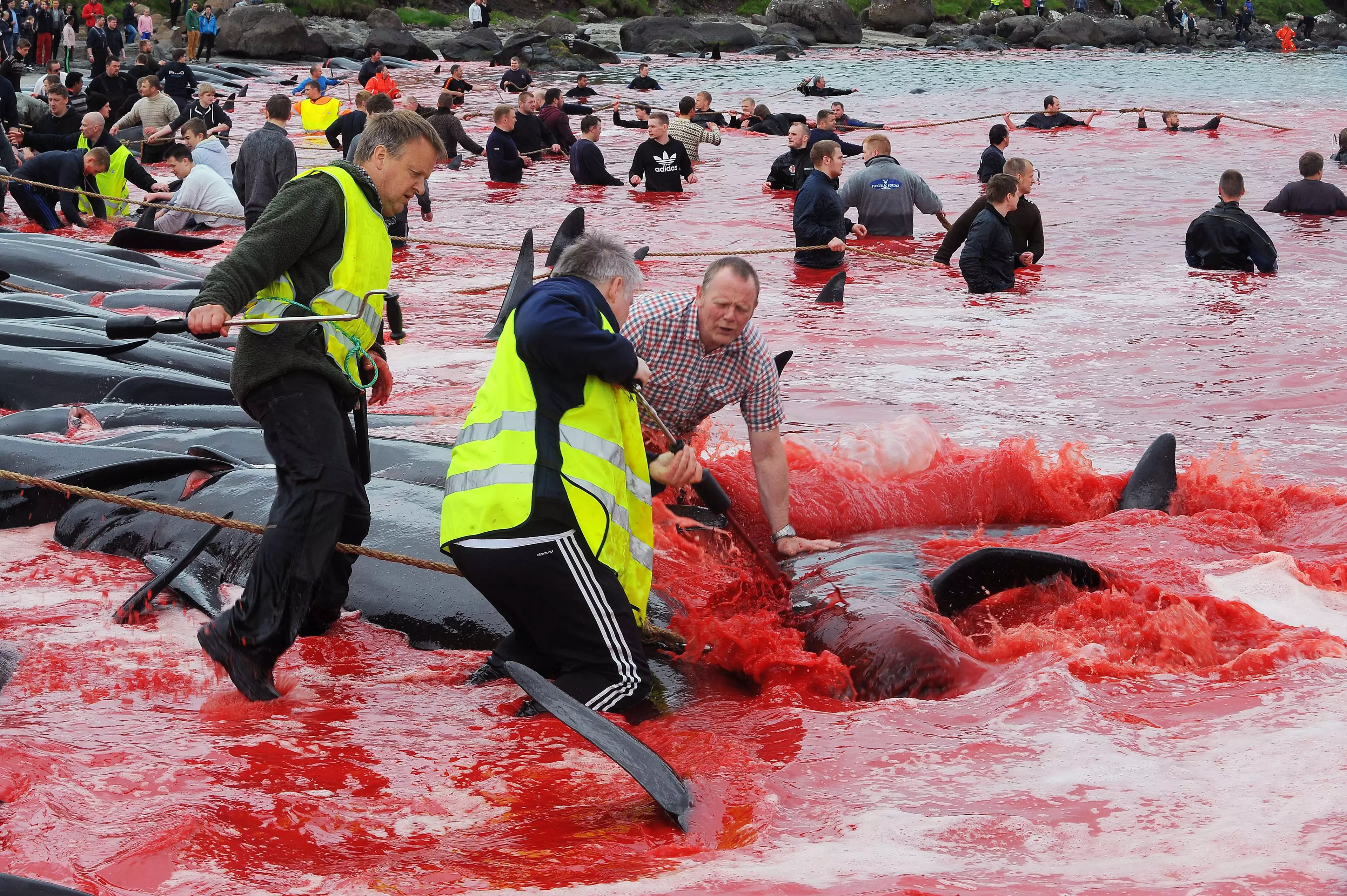
Magnus, who has lived on the Faroe Islands all his life, points out that they're hunting pilot whales and bottlenose dolphins; neither species are endangered and killings are limited each year.
Advert
So why, in a world that still consumes meat heavily, is it so problematic that whaling continues?
The BBC doc reveals that while efforts have been made to reduce suffering, thanks to the invention of a tool called a spinal lance, the process is not always so straightforward.
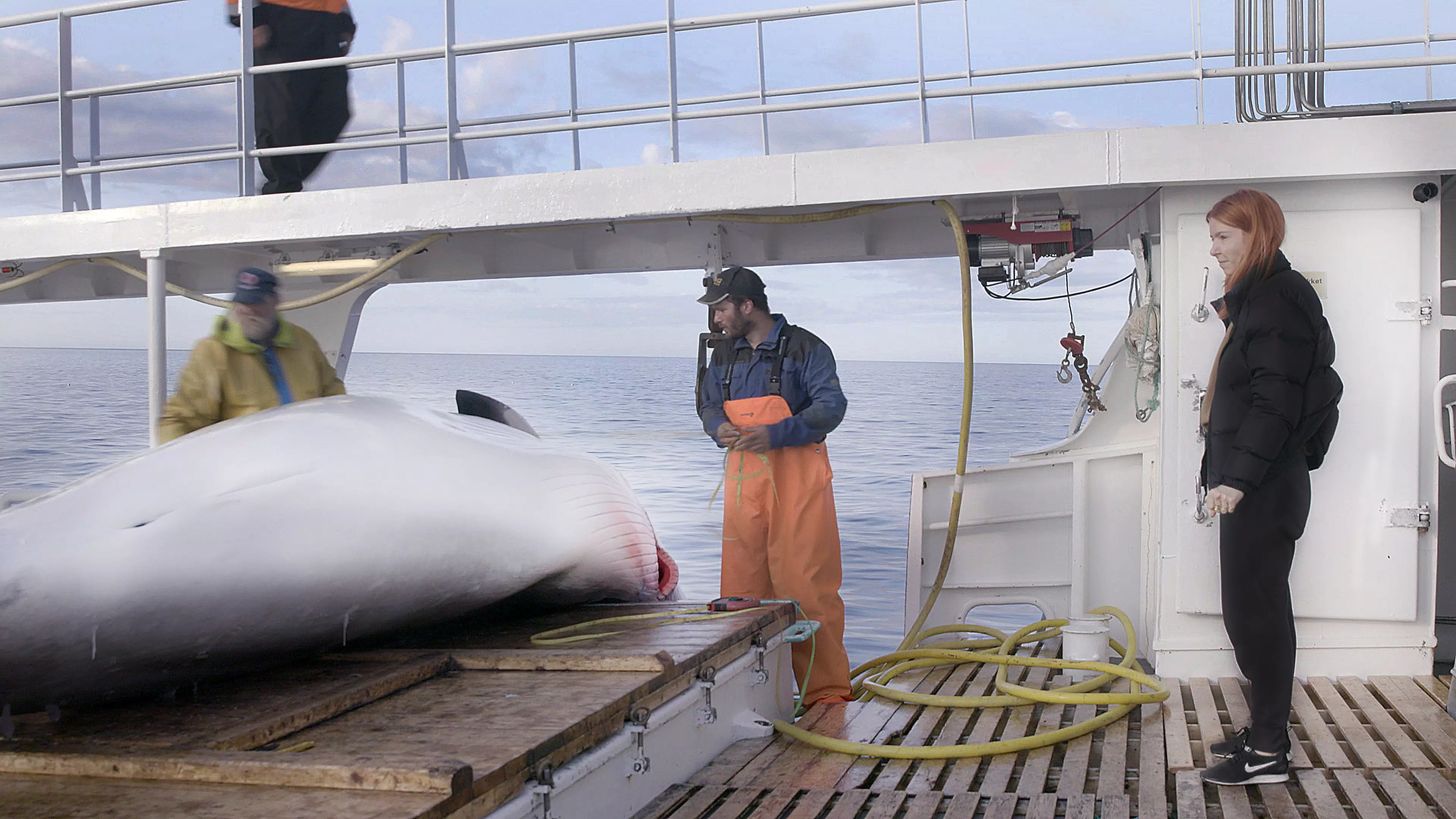
The lance, if used correctly, should paralyse a whale or dolphin instantly as it severs the spinal cord, stopping blood flow to the brain, meaning they feel nothing and die within seconds.
Advert
But, as Stacey learns, many whales suffer a much slower death, something which has been confirmed by plenty of eyewitness accounts over the years - and it all comes down to human error.
While people are not permitted to kill whales until they have been on one two-hour course that teaches how to use the lance correctly, this course in its entirety is theory-based.
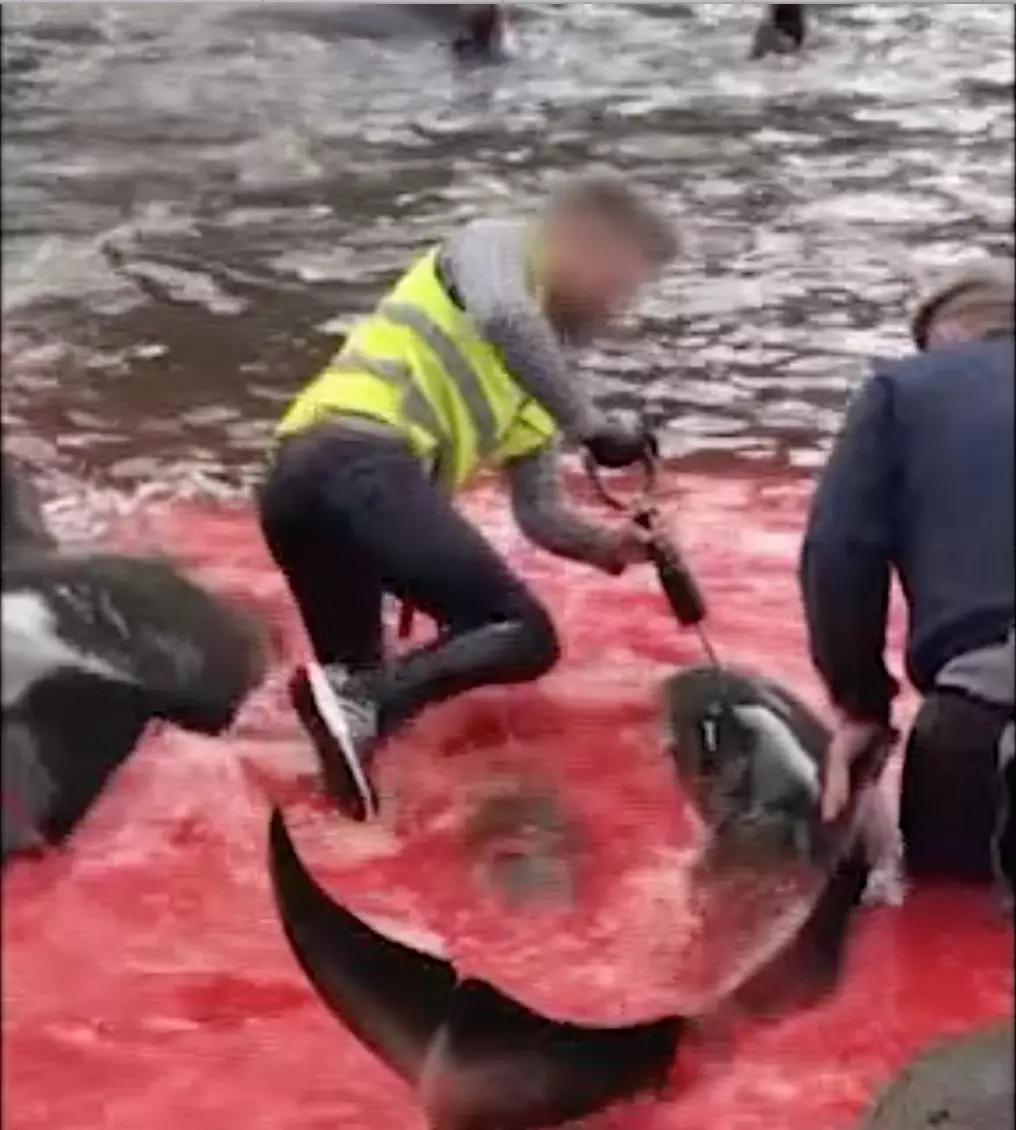
When Stacey challenges the training process, the response is that although it is short theory-based learning, the tradition of 'the grind' means those learning have been out with their families and friends for years shadowing.
Advert
But this argument simply isn't washing with us, given that the documentary itself as well as archive footage shown by the Sea Shepherds, a group that protests against whaling, shows that not all whales and dolphins die instantaneously.
We see on several occasions throughout the show mammals struggling and it's usually because a person hasn't pierced it in the correct place.
It's not just the act of the killing either. When a pod is spotted, 'the grind's' bell sounds and everyone who wants to take part hops in a boat and drives out to sea.
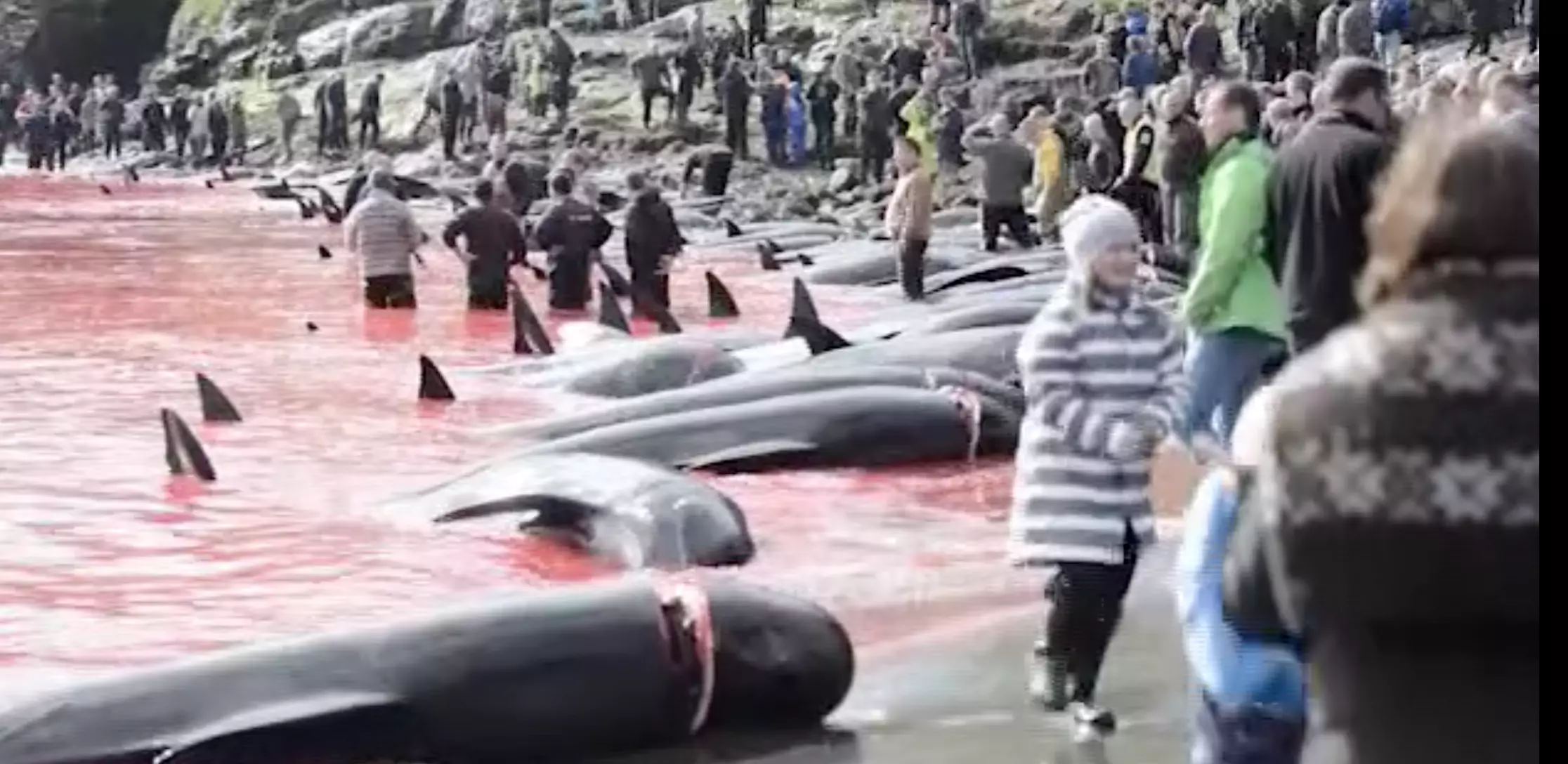
The aim is to entrap the whales and force them towards one of the 26 bays which are certified to carry out 'the grind'.
Advert
During the documentary Magnus suggests whilst this can be quick, it can also take four to five hours. If this isn't stressful for a whale we don't know what is.
The chase, followed by the sometimes slow death itself sounds inhumane and it is quite apparent in the programme.
Viewers are set to see Stacey show Kate Sanderson, who advises the government on responsible hunting, archive footage of a slow death of a struggling dolphin. The lance doesn't work in the footage, so the person slaughtering uses a knife to saw at its neck - all whilst it's alive.
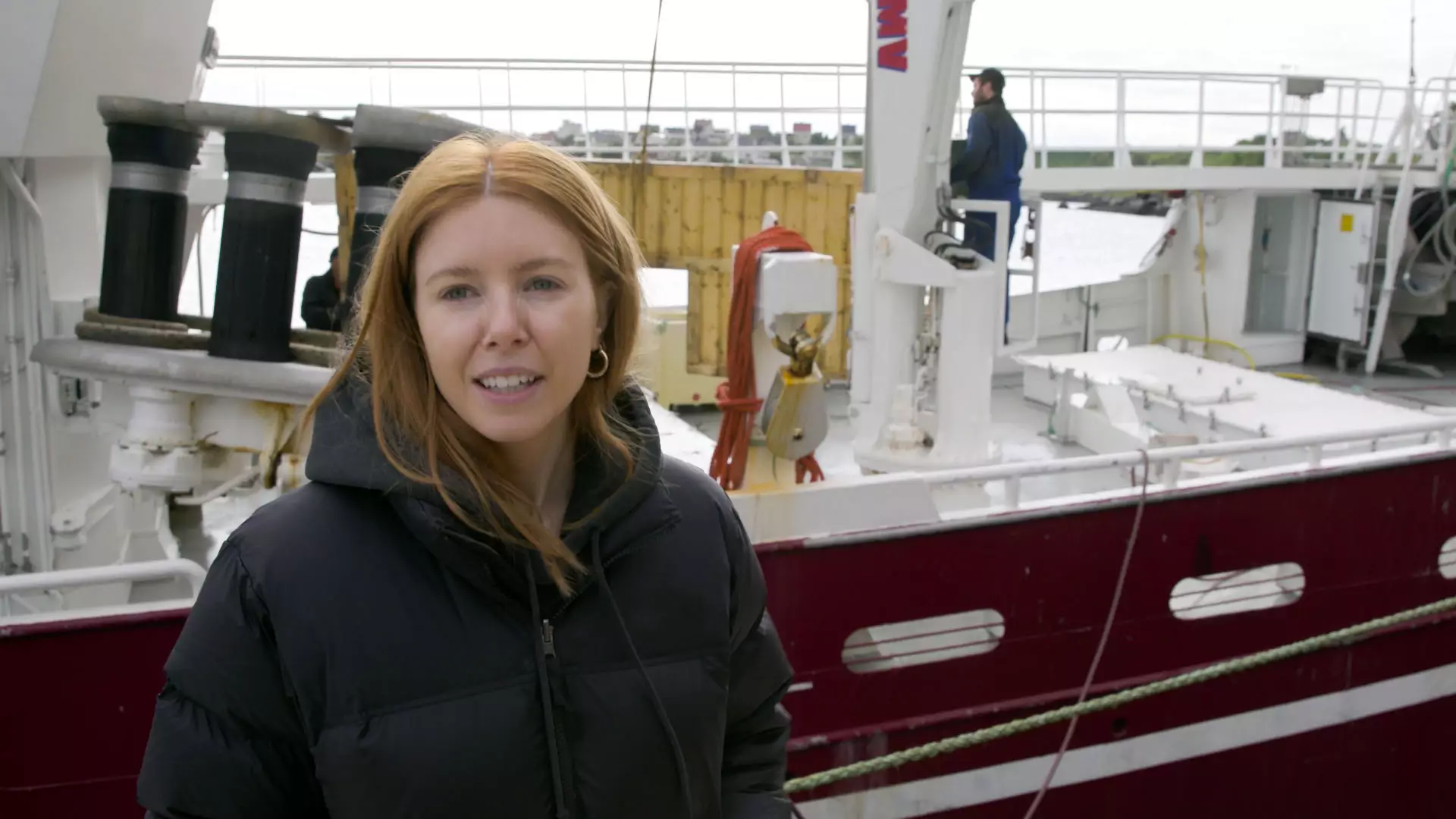
Stacey comments: "We're 50 seconds in and it is still alive".
Following documentary filming, the Faroe Island's government actually wrote to the BBC to admit they have realised the lance doesn't work as effectively on bottlenose dolphins as pilot whales.
They obviously felt compelled to acknowledge the error; one that means no doubt thousands of dolphins have suffered longer than they ever should have, with people finishing their kill by any means possible.
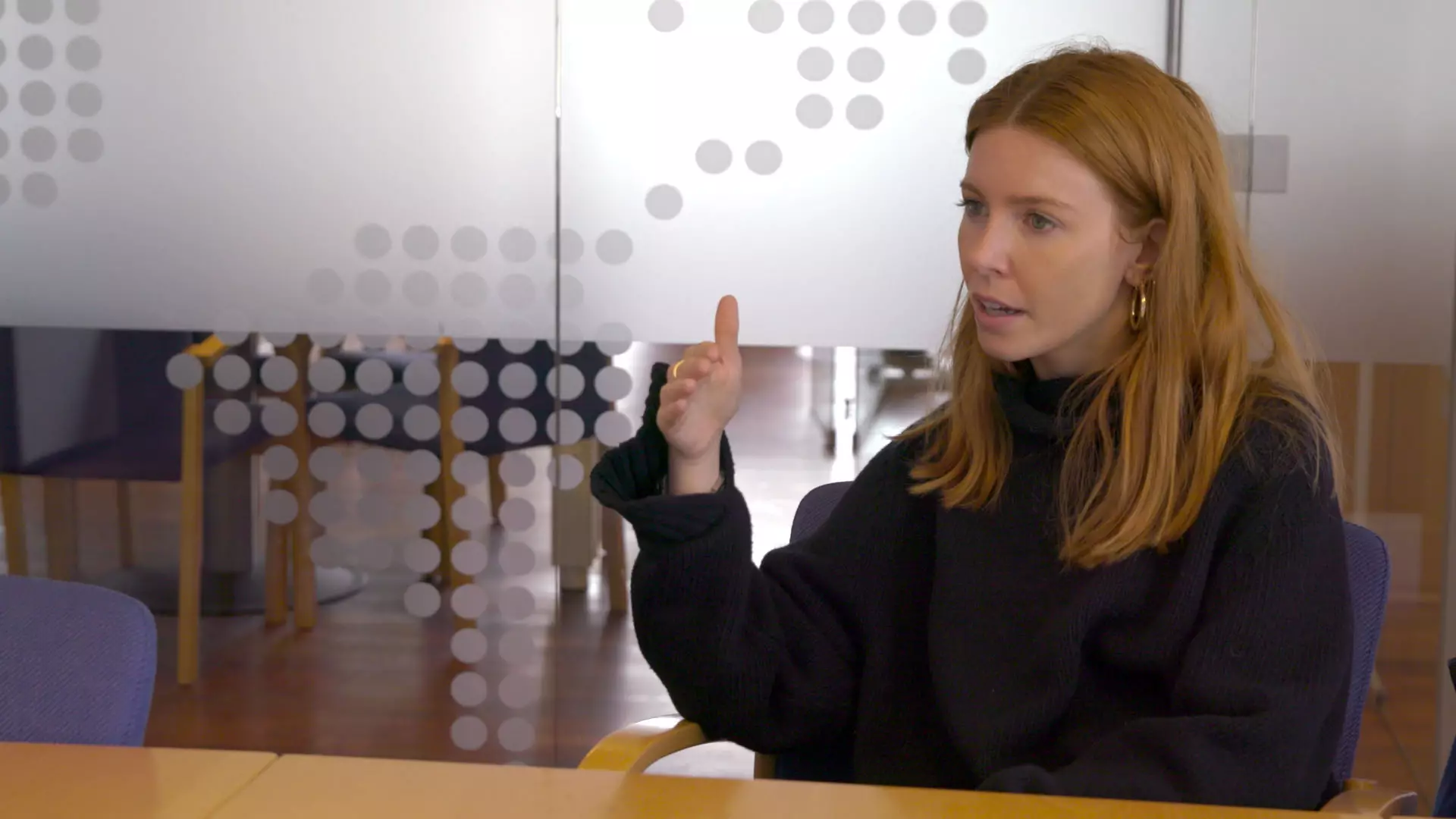
While 'the grind' may be a time-honoured tradition in the Faroe Islands, history has shown across the world that not all traditions are kind ones that need to be upheld.
Plus, in recent years it has been confirmed that pilot whale meat and blubber is contaminated with mercury and eating too much of it isn't good for you. In fact, pregnant women are advised not to eat it at all.
Whatever your thoughts on the whaling industry, it's time we reassessed the way 'the grind' is carried out and the instruments used - something Stacey echoes during the documentary.
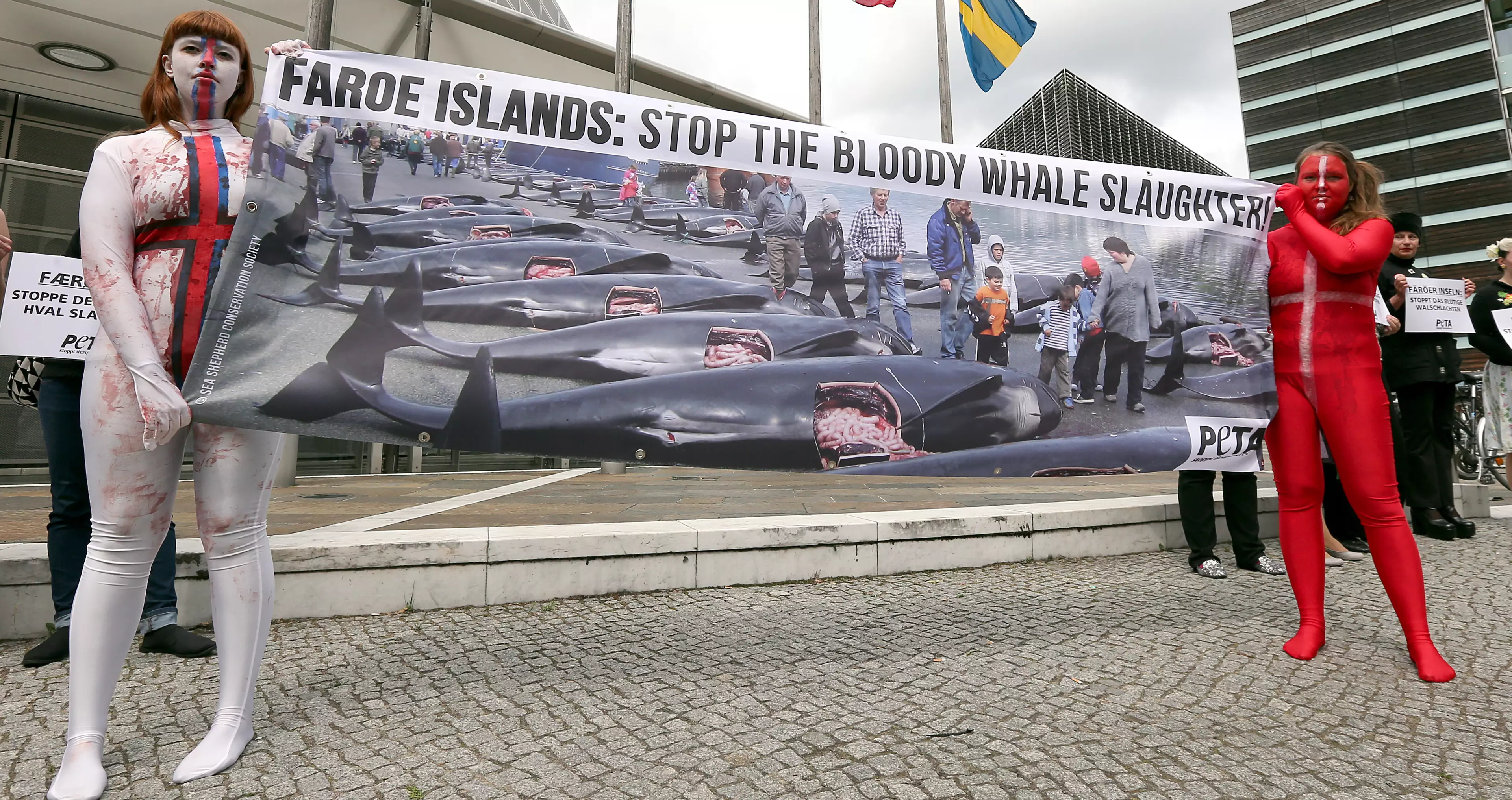
Either way, if this practice is to continue, it needs to be much better regulated or it needs to simply stop altogether.
Watch Stacey Dooley Investigates: The Whale Hunters on BBC iPlayer now.
Topics: TV and Film, BBC, Documentary, Animals